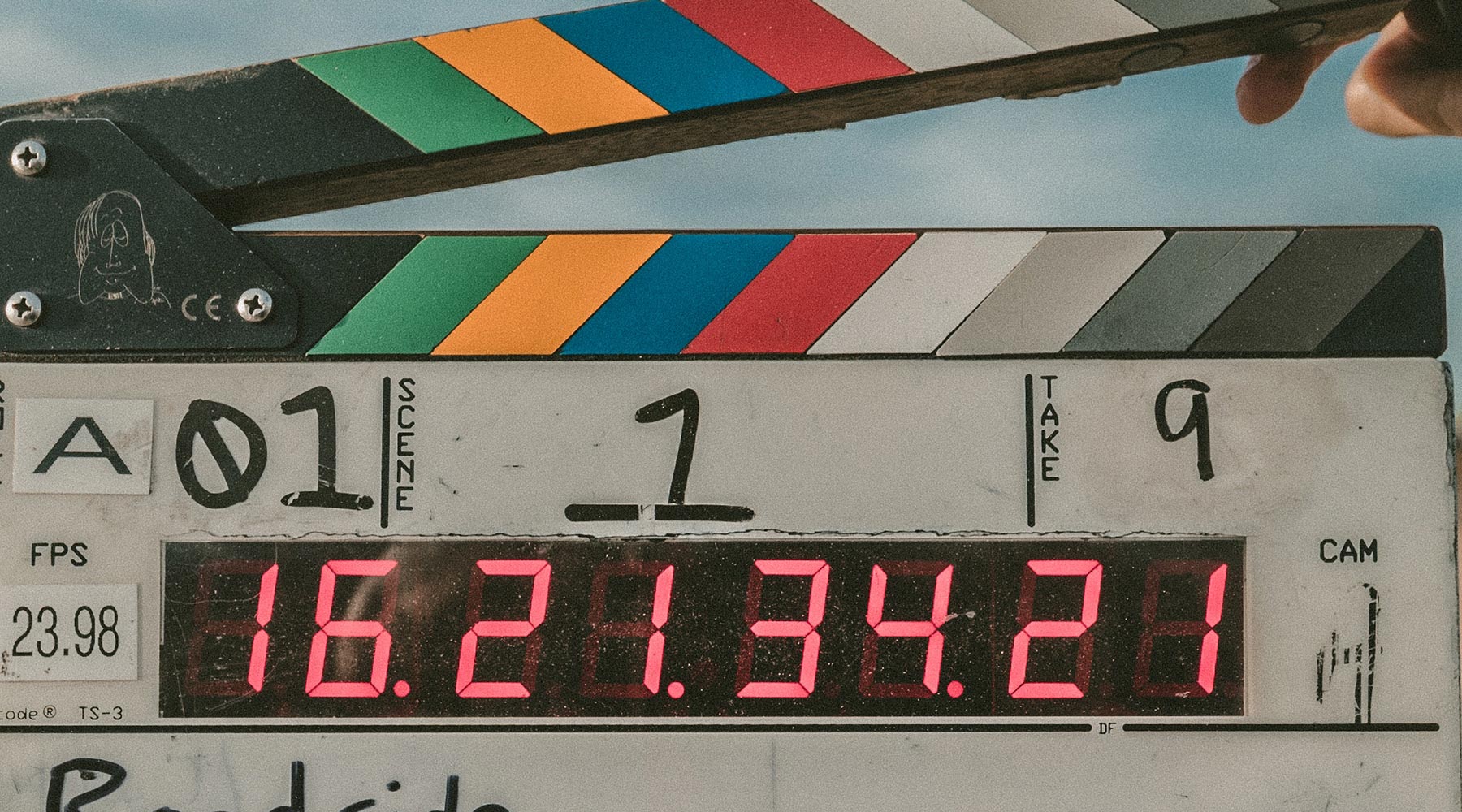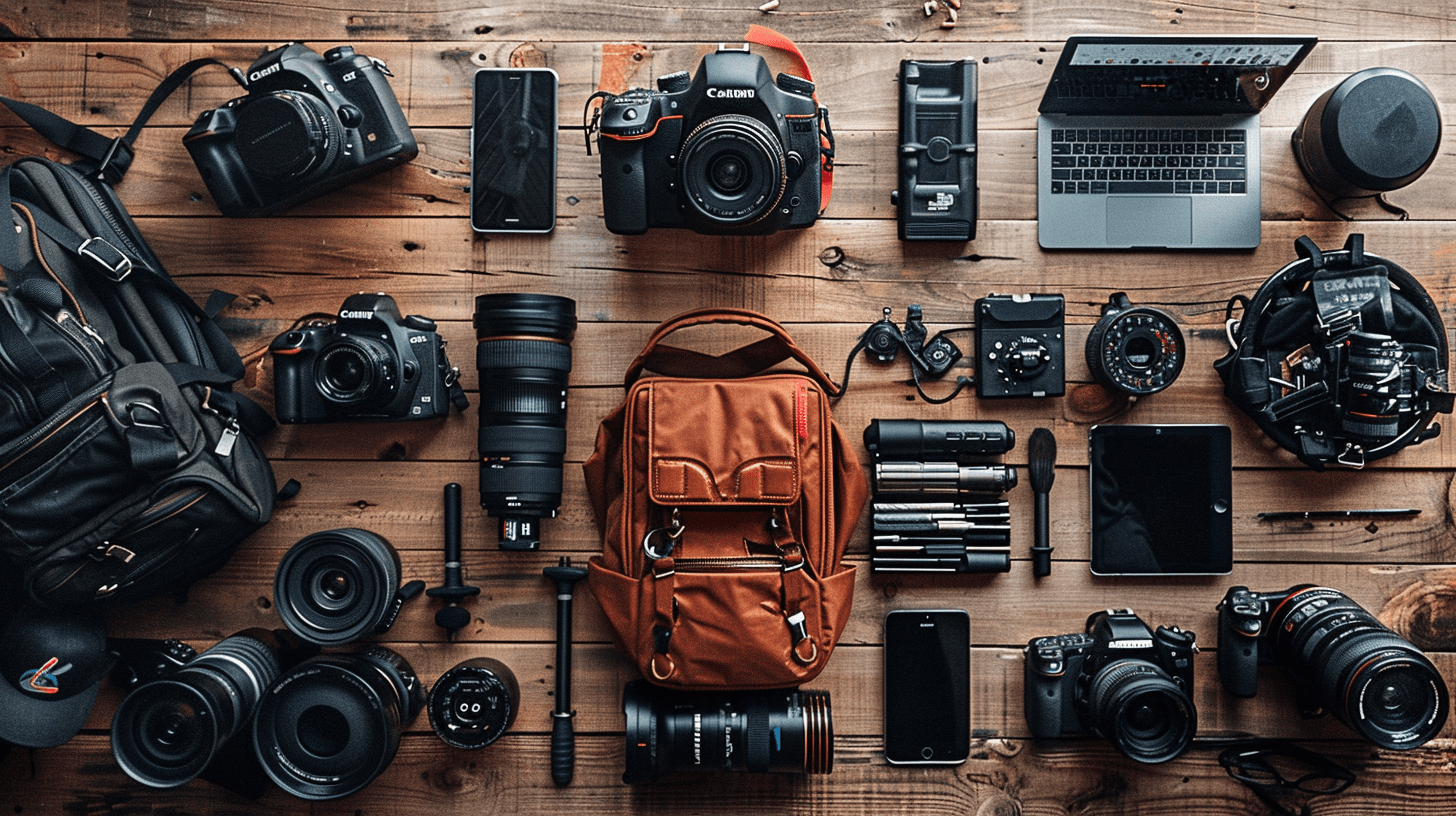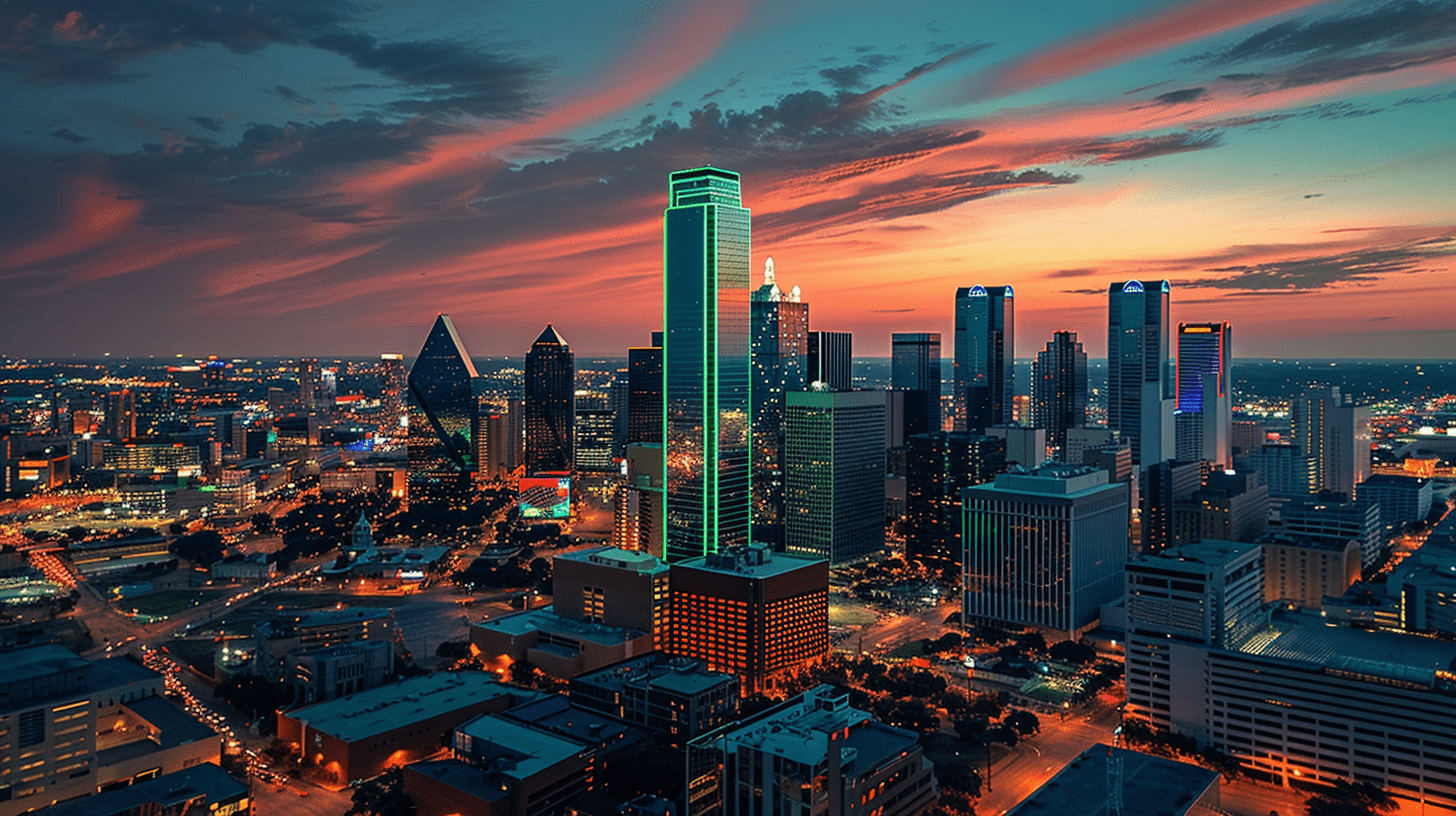10 tips to make better videos
Hey. You want to make better videos? Us too. Here are some tips we have collected over the years. A few obvious ones and a few new ones.

OK, so we’re a quality video production company. But what does that mean? Well in large part, it means that they make money making quality videos. Obvious right? The real question is: “How do you stay in business as a video production company”. And the answer to that is what we explore today. Short and sweet… Always make better videos. But “good” is a very hard thing to do. There are also a lot of factors to take him to account and in this article hopefully, we can provide some good insight into what will help to make your videos better.
But before we do that, let’s set some ground rules. The distinction we need to make is the difference between “good and bad”, and “right and wrong”. And what we mean by a “good” video is QUALITY. The viewer can disagree with it, or not like it, but that video is still “good”. A “quality” video can be unliked but still “good”. Well-crafted. As content producers we can’t be responsible for the way people respond. All we can control is how to create the best end product possible. At House of Sticks, we take our craft very seriously and know when a video is done well, versus when a video is done poorly. Love it or hate it, but the Nike – Colin Kaepernick commercial last year was a fantastically crafted video. Great idea, great photography and great editing. Also, Apple’s HomePod commercial made by Spike Jonze seems to be universally accepted and praised. That video, also fantastically crafted. So “quality” is not dictated by anyone’s taste in content.
So with that out of the way, let’ return to the issue at hand… how to create “good” videos. Here are 10 ways Clients and creators can make more quality.

10 tips on making awesome:
- Pre-production. There’s a saying “fail to plan and plan to fail”. The pre-production and planning process of a video is the absolute most important part. Typically in the professional video production company world, the script will be provided. Tips from the client, agency or owner attached. The moment this happens, first determine whether or not it’s worth pursuing. If it is, start planning. Typically, the director’s ability to win or lose the job will be based on the vision, and interpretation of the script. This means if you want to get serious about making high-quality videos, and advertisements, or future films, you have to put in the work before you press the record button. There are plenty of places online to help through the ins and outs of being a producer, that isn’t this post. Days on set should be capturing the vision that has been thoroughly planned.
- Copywriters. There is nothing better than to work with a professional. But the foundation for any video project is a good script. And good scripts are written by good copywriters. So do your best at all costs to work with fantastically talented copywriters. Good words have the ability to elevate any idea. And great ideas start with copywriters and creatives. If you’ve watched Internet videos (on youtube or facebook or any of the social channels) you’ve seen a really good video. One you liked, with visuals that weren’t the best. But you liked it anyway. That’s because it was a great idea.
- Producers. Producers are the unsung heroes of every project. Typically an audience will know actors first, maybe directors, but usually never producers. Producers are like general managers for professional sports teams. They get the whole thing going, and they get all the right talent on the field at the right time. Working with a really solid producer is going to take off an incredible amount of stress, and hopefully, stay on budget. There’s nothing that’s going to make a project worse than going over budget. Work with a great producer and end on time and under budget.
- The crew you trust. If you have the opportunity to work with the crew that you know, do it. There’s something about working with a group of people that you know – AND ENJOY. They know what they’re doing and have a shared interest to get the project done. A good crew is going to allow you to work quickly, and get all the things done that you need to get done in a short amount of time. Maybe most importantly, is the gaffer. A gaffer that can go fast is going to help everybody move fast.
- Pre-production casting meeting. The emotional drama is going to come from the actors. The way they say the words, the facial expressions, the little looks and especially their ability to take direction and adjust. You have to be able to see these people in real life before you get them on set. Having someone that calls himself a professional actor that is chosen only from a headshot may end up making the project very difficult because they don’t have the skills necessary to accomplish the task. Acting just like video production is a craft. Make sure, you meet the actors before you get on set. Before it’s too late to replace somebody if you need to.
- Storyboards or a shot list. Again it’s all about planning. And throughout the day as a director, if you’re going to stay with the solid vision, you have to have a solid plan. It doesn’t matter what form that takes, but you need to have either words or pictures to help you navigate where you have been and what you need to shoot next. The act of drawing storyboards or writing out the shot list, allows the pre-visualization of the entire film before it shot. Make sure all the transitional elements necessary to tell the story get captured.
- Transitional elements. Every piece of video content is a series of scenes linked together by a transitional element. The transitional elements are what keeps the audience’s ability to connect to what’s happening. The transitional shots provide unique opportunities for unique visuals. This is an often overlooked item and where much of the magic can be made. Do your best to keep the camera rolling on things that may not make sense at the time. but could be used later. Feet, hands, crowds, the blurry motion of anything, traffic, etc.. These elements can end up making the difference in the edit.
- In-Camera visual effects. This does not mean visual effects, but in-camera tricks that you can use to make your footage look more interesting. Some DPs keep a box of crystals with them and shoot through the facets to make half of the image look a little bit soft or doubled over. Try some Vaseline on the lens. It sounds crazy but often times it can provide something really interesting. Try shooting through the lens it’s not directly connected to the camera. Try using a lens in a different way. Will rotate the camera more interesting way. Slow the shutter way down. Be creative.
- Give yourself enough time. This one can sometimes seem impossible. But with every shoot make sure that you give yourself enough time at the end of each set up to shoot things that you didn’t plan for. Its Jazz Hands! Get your coverage, make sure you have the lines as written and then go off script. There are a few people in the world that can plan absolutely for everything that they’ve ever wanted to shoot. These people are geniuses. Do yourself a favor, and provide ample time at the end of the day to shoot the things that you may see at the moment.
- Use 2 cameras. If you shoot wide to macro, you need to shoot the same thing twice. If you have 2 cameras, then you have both shots in one take. These shots will also cut together perfectly. Provide the editor with enough information to pull out all the emotion they can. If you have made a habit of shooting The widest shots first, and then working your way down to the close-ups, it provides two things. One, more footage of a good performance. Secondly, safety. The details of where you’re going to find your transitional elements. Get the coverage and then give youself the ability to create in the moment.
Hopefully, this list has a few things on he never heard of before. We try to stay away from all the obvious ones like Sound design or color correction but ultimately those things are important too. Because we are a production company we put a lot of emphasis on what can be captured in-camera. A good rule of thumb is to make sure that you bring to every project your style, your voice and you enjoy yourself. Use all of these items as guidelines and feel free to find other ones that work for you. Work with good people you like and get rid of any client or crew member that doesn’t help that happen.


